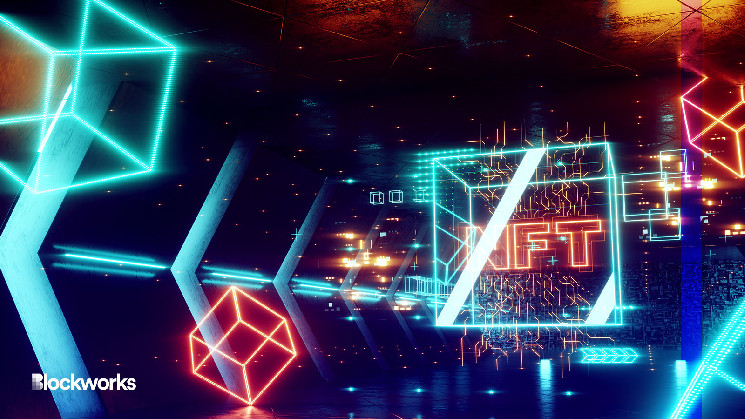NFT
While NFT activity is showing a gradual recovery post-crypto winter, it remains significantly below the robust levels witnessed in 2021 and 2022, new data revealed.
Trading volume experienced a notable surge in the first quarter of 2023, followed by a subsequent decline.
According to a May 18 report from Galaxy Research, the daily trading volume on NFT marketplaces experienced a decline after reaching a yearly peak of $130 million in late February.
The daily averages for March, April, and May witnessed a decrease, with figures standing at $70 million, $35 million, and $30 million respectively.
Yet, when considering various metrics, the current state of the NFT market significantly surpasses the lows witnessed in Nov. 2022.
According to Galaxy, the NFT marketplace battle between Blur and OpenSea has emerged as the most highly anticipated event in the NFT ecosystem this year, captivating the attention of many.
With a remarkable 361% surge in Ethereum NFT trades, Blur surpassed OpenSea as the NFT market leader in February by employing a distinctive token-trading approach, treating NFTs more like fungible tokens in its trader focus.
Around the highly anticipated token airdrop on Feb. 14, Blur experienced the pinnacle of hype.
Subsequently, Blur’s dominance in trading volume surged to an unprecedented peak, commanding 80% of the market share, while OpenSea witnessed a decline, settling at a 15.5% trading volume market share, Galaxy noted.
“This activity was largely due to airdrop framers positioning themselves for Blur’s season 2 token airdrop,” research analyst Gabe Parker wrote.
The ongoing “season” 2 airdrop, determined by a user’s loyalty score and listing volume, is anticipated to conclude with a substantial airdrop of over 300 million BLUR tokens.
Initially scheduled to end in April 2023, the airdrop was reportedly extended to May 2023, and there is speculation among users that it might be extended further.
Galaxy said that a significant portion of NFT trading activity in 2023 has been “inorganic,” heavily influenced by Blur’s airdrops. It believes Blur’s dominance in trading volumes is expected to persist through the Season 2 airdrop period.
In a bid to offer competitive fees, several NFT marketplaces like Blur have chosen to make royalty payments optional or eliminate them entirely.
However, this move jeopardizes secondary trading markets as it diminishes the incentives for NFT creators who depend on secondary royalties for income.
According to Galaxy’s findings, transactions involving royalty fees experienced a sharp decline across major NFT marketplaces starting from February.
OpenSea and Blur, which previously had notable year-to-date highs, witnessed a staggering 90% drop in royalty-paying transactions.
The primary reason behind OpenSea’s sudden decrease in royalty-paying users is attributed to its decision to enforce a 0.5% royalty fee instead of its usual range of 5% to 7.5%.
Galaxy said that with the two largest marketplaces now operating under a royalty-optional model, it becomes evident that creators will need to explore new structures or strategies to generate income from NFTs.
The extent of control NFT marketplaces hold over royalties will ultimately determine the longevity of royalty-based income streams.

